
Illustration is a colorful and visually appealing drawing that complements the content of a book
Illustration is an image (drawing, photo, or engraving) used to explain the text of a work of fiction, technical documentation, or scientific literature. Visual images help the reader to deeply feel the emotional atmosphere and understand the essence of the book. Illustrations are widely used not only in the world of books but also in the advertising industry and mass media.
 Illustration for Alexander Pushkin's story The Captain's Daughter
Illustration for Alexander Pushkin's story The Captain's Daughter
Types, styles, and techniques of illustration
Illustrators have a variety of tools at their disposal to bring their creative ideas to life in their drawings. Various types, styles, and techniques of illustration are used to realize these ideas.
 Illustration for Ivan Krylov's fable The Wolf and the Lamb
Illustration for Ivan Krylov's fable The Wolf and the Lamb
The main types of illustrations include:
- Frontispiece. Placed on the left page opposite the title page of the book. It represents the main idea of the work or serves as a portrait of the author.
- Chapter Header. Positioned at the beginning of a chapter or book, typically depicting the setting of that part of the work.
- Full-Page. Filling an entire page, often found in children's books.
- Double-Page Spread. Placed on a two-page spread in the book, used to highlight the most central events of the story.
- Endpiece. Provides a logical conclusion to a separate part, chapter, or the entire work.
- Initial Letter. A colorfully decorated first letter of the text on a page, often stylized to match the book's era or genre.
 Illustration. Scientific illustration for a botany book of the late 19th century
Illustration. Scientific illustration for a botany book of the late 19th century
The stylistic elements of illustrations include the following:
- For Children's Books. Bright pictures featuring the main characters take up a significant portion of the pages of a fairy tale or a lively narrative.
- For Literary Works. Images in novels, short stories, and poems are characterized by deep emotional depth.
- For Popular Science and Technical Literature. These images are held to higher standards of accuracy in conveying graphical information.
- Caricature. These illustrations satirically exaggerate the flaws of society, specific groups of people, or ideological opponents.
- Comics. A small, captivating story is told to the reader through the sequential arrangement of images.
 Illustration for the fairy tale Repka
Illustration for the fairy tale Repka
Illustrators use various techniques to create their images, such as:
- Painting and Drawing. Using watercolors, gouache, acrylic paints, charcoal, pencils, and sanguine. These are often employed by professionally trained artists.
- Collage. Images are created by piecing together various materials affixed to a base.
- Appliqué. Similar to collage, except that material pieces are not glued but applied to fabric, cardboard, or paper.
- Photomontage. Images are created by combining individual photographs (photo parts) and additional graphic elements. This technique is often used in poster and advertising design.
- Computer Graphics. Artists create images using specialized software and technological equipment.
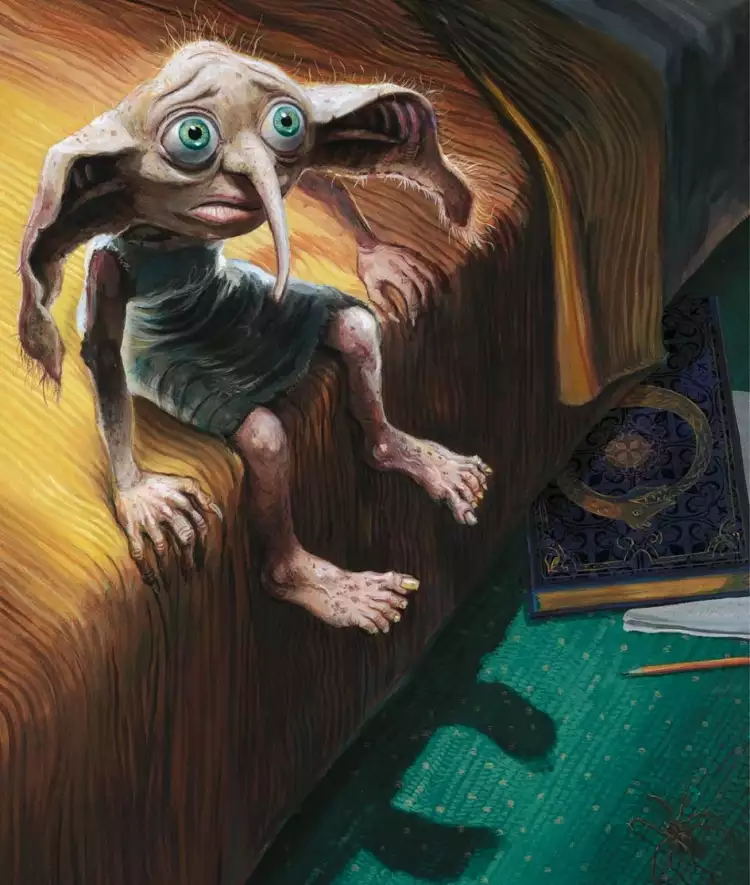 Illustration for the book Harry Potter and the Chamber of Secrets
Illustration for the book Harry Potter and the Chamber of Secrets
History of Illustration
Illustration as a means of visually enhancing text has been around for a very long time. In ancient Egypt, scribes used images alongside hymns and incantations on papyrus to make the text more illustrative.
Illustrations can also be found in handwritten European books from various eras, from antiquity to the Middle Ages. Eastern manuscript miniatures (in China, Japan, Persia) of that time contain numerous depictions related to hunting, battle scenes, and everyday life.
 Illustration for a medieval printed book
Illustration for a medieval printed book
In the mid-15th century, the era of book printing began in Europe. This period also saw the rapid development of illustration. One distinctive feature of the images from that time was their monochromatic nature. The pictures in books were black, much like the letters. Initially, medieval craftsmen used relief printing forms (engraving), and later (in the late 18th century), the technique of flat printing (lithography) emerged.
 Illustration for the novel Gargantua and Pantagruel by François Rabelais
Illustration for the novel Gargantua and Pantagruel by François Rabelais
In 1837, humanity gained access to a new invention - photography. Simultaneously, revolutionary photochemical printing methods started to develop, enabling the mass production of multicolored illustrations for fairy tales, poems, and other artistic works.
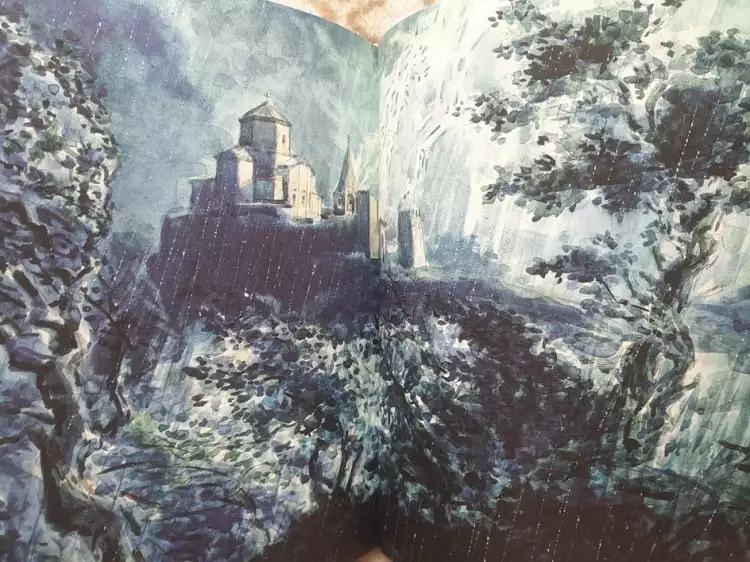 Illustration for Mikhail Lermontov's poem Mtsyri
Illustration for Mikhail Lermontov's poem Mtsyri
By the end of the 20th century, advanced computer technologies came to the aid of illustrators. Modern designers often create images on special graphic tablets or use convenient vector graphics.
Illustration has been and continues to be an essential tool for enhancing the reader's understanding of the text. The artwork of ancient masters is a source of admiration and decorates the books of storytellers, writers, poets, and fabulists.
On the Very Important Lot website, you can always immerse yourself in the world of art and participate in art auctions. Visitors also have an excellent opportunity to directly acquire works of contemporary artists.
 Still life is a genre of painting that perfectly reflects the artist's inner universe
Still life is a genre of painting that perfectly reflects the artist's inner universe 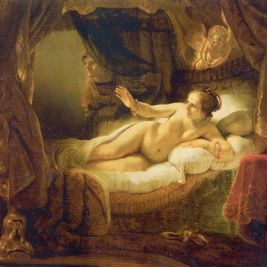 Baroque is an exquisite pearl of European culture: essence, developmental history, style features
Baroque is an exquisite pearl of European culture: essence, developmental history, style features  Sculpture is the unique art of creating three-dimensional artistic works
Sculpture is the unique art of creating three-dimensional artistic works 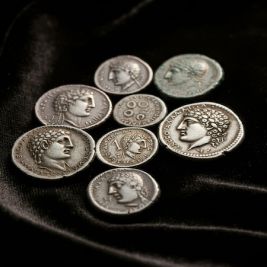 Ancient Greek Coins: A Growing Fascination with History in Your Hand
Ancient Greek Coins: A Growing Fascination with History in Your Hand 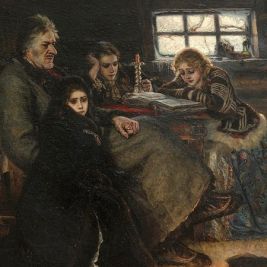 The painting "Menshikov in Berezovo" by Vasily Surikov is a dramatic depiction of the life of the disgraced prince
The painting "Menshikov in Berezovo" by Vasily Surikov is a dramatic depiction of the life of the disgraced prince  Marquetry is the elegant ancient art of inlaying veneer
Marquetry is the elegant ancient art of inlaying veneer 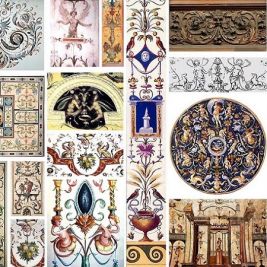 Grotesque is an eccentric art with harmless humor
Grotesque is an eccentric art with harmless humor 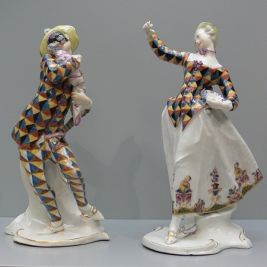 Nymphenburg Manufactory: A History of Porcelain Production
Nymphenburg Manufactory: A History of Porcelain Production 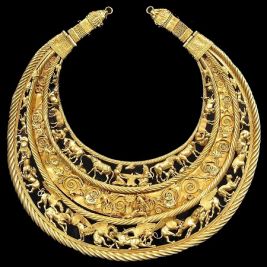 Jewelry craftsmanship - an ancient art of creating unique masterpieces from precious materials
Jewelry craftsmanship - an ancient art of creating unique masterpieces from precious materials 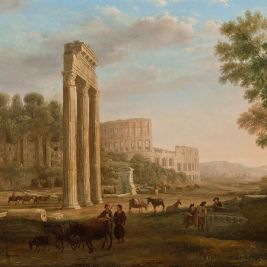 The most famous representatives of French classicism in painting
The most famous representatives of French classicism in painting